Can you connect to internet at all through Eclipse?
Open the internal webbrowser. In Eclipse: Window -> show view -> Other -> General: Internal web browser.
Look up any normal adress, is it working?
Can you connect to another update site? Try for example Eclipse Emma: http://update.eclemma.org/ Do you see anything there?
What are your proxy preferences? Go to Window -> preferences -> General: Network connections.
The active provider:
Specifies the settings profile to be used when opening connections.
Choosing the Direct provider causes all the connections to be opened
without the use of a proxy server. Selecting Manual causes settings
defined in Eclipse to be used. On some platforms there is also a
Native provider available, selecting this one causes settings that
were discovered in the OS to be used.
If internet is working fine outside of Eclipse, try changing to Native. After that, try Direct.
I have encountered problems where an update site would not load, then I had to remove it and add it again. This forces Eclipse to reread the contents of the site even if it has a cached copy. So, if you still get no connection to the indigo update site, but everything else is working, try that. Go to Window -> Preferences -> Install/update: Available Software sites. Then remove and add the indigo site. Just remember to copy the adress so you can add it again.
Go to Window -> Preferences -> Install Update -> Available Software Sites => select the entry and click the "Reload" button to the right. This is sometimes also helpful when you have a local update site for testing custom plugins

